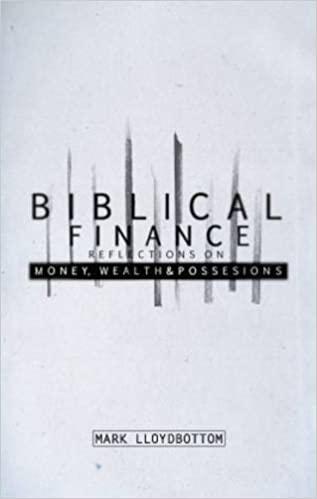Navjas Inc. reported the following income statement for 20x1 (in millions): Sales $4,600 Cost of sales 1,610 Selling, general and admin 506 Depreciation 960 Interest 324 Net income before taxes 1,200 Taxes 432 Net income $768 You expect that the UPR's costs will behave as follows: Sales will increase by 4% per year Cost of sales as a percentage of sales will be 36% in 20x2, 37% in 20x3 and 38% in 20x4 and will remain stable at 38% after that Selling, general and admin expenses as a percentage of sales will be 10% in 20x2,9% in 20x3 and will remain stable at 9% after that Depreciation is expected to remain stable Capital expenditures are expected to be $1.2 billion in 20x2, $1.0 billion in 20x3 and will remain stable at $1.0 billion after that working capital varies directly with sales. Working capital at the end of 20x1 was $1,840 Assume that the 20x6 free cash flow will increase by 4% over the 20x5 free cash flow and will grow at this rate to perpetuity The firm also had $4 billion of debt outstanding, rated AA (carrying a yield to maturity of 8%), trading at par. The beta of the stock is 1.05, and there were 200 million shares outstanding (trading at $60 per share), with a book value of $5 billion. The treasury bond rate is 7%, the market risk premium is 5.5%. Estimate the cost of capital and the estimated value of the firm at the end of 20x1. Navjas Inc. reported the following income statement for 20x1 (in millions): Sales $4,600 Cost of sales 1,610 Selling, general and admin 506 Depreciation 960 Interest 324 Net income before taxes 1,200 Taxes 432 Net income $768 You expect that the UPR's costs will behave as follows: Sales will increase by 4% per year Cost of sales as a percentage of sales will be 36% in 20x2, 37% in 20x3 and 38% in 20x4 and will remain stable at 38% after that Selling, general and admin expenses as a percentage of sales will be 10% in 20x2,9% in 20x3 and will remain stable at 9% after that Depreciation is expected to remain stable Capital expenditures are expected to be $1.2 billion in 20x2, $1.0 billion in 20x3 and will remain stable at $1.0 billion after that working capital varies directly with sales. Working capital at the end of 20x1 was $1,840 Assume that the 20x6 free cash flow will increase by 4% over the 20x5 free cash flow and will grow at this rate to perpetuity The firm also had $4 billion of debt outstanding, rated AA (carrying a yield to maturity of 8%), trading at par. The beta of the stock is 1.05, and there were 200 million shares outstanding (trading at $60 per share), with a book value of $5 billion. The treasury bond rate is 7%, the market risk premium is 5.5%. Estimate the cost of capital and the estimated value of the firm at the end of 20x1







